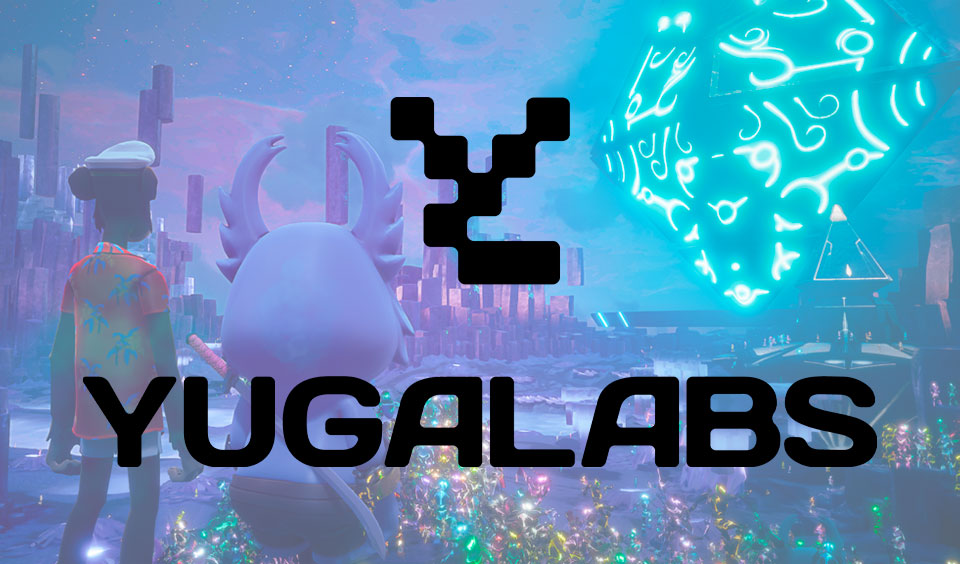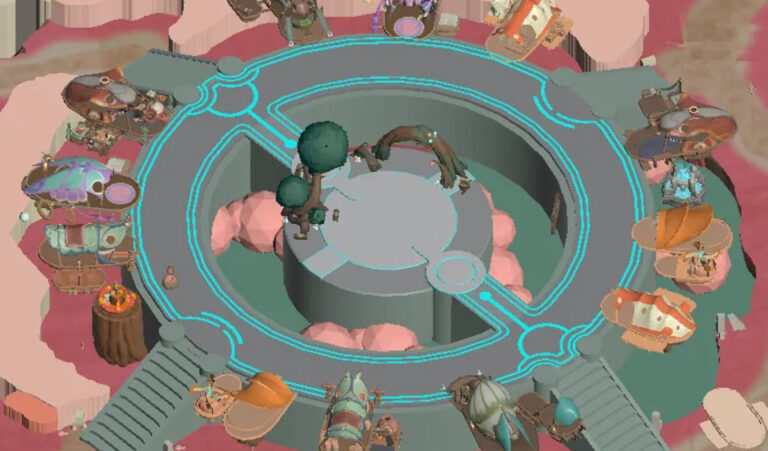Since its inception, there has been a long-standing criticism of blockchain games. This centres around the play-to-earn model in which these projects operate. Before their introduction, money always flows in the direction of gaming companies. Video Games companies will use the funds to improve the game, pay their workers and make profits.
With GameFi however, users are way more involved and also earn real rewards. Considering that users earn financial rewards, the question becomes “how do these projects make money despite sharing profits with players”? This debate led to certain critics branding NFT games as Ponzi schemes that are not sustainable.
How Blockchain Games Make Money

Most of the critics are people who do not understand how NFT gaming works. Especially on the part of tokenomics and the rest. Blockchain games are actually very sustainable projects that will stand the test of time. To show that these projects are not scams, here are some of the legitimate means through which NFT games make their money.
Investment Seeds or Funding

One of the major sources of funding for blockchain gaming projects is investment seeds. This involves investment companies or individuals making financial commitments toward the growth and development of the game. Firms like Animoca Brands, Yield Guild Games, Gala Games and so on that specialize in supporting GameFi start-ups. An example is DEFY Labs receiving $3.5 million from investors.
Partnerships and Advertisements
Similarly, blockchain games can also make money from partnerships. This can range from investors to other GameFi projects. This is even more common nowadays with the trends of metaverses. NFT collectables can work with gaming outfits for players to use these digital assets during gameplay. In return, the game gets a percentage from the sales or a specific amount of funds. Other times, another brand may work with a blockchain game to promote its products or services. For example, a horse breeding stable can partner with DeRace to advertise its horse breeding services on the billboards in the racing Metaverse.
Token Sales
Most, if not all NFT games have an in-game currency based on blockchain technology. It serves as the utility and governance token of the ecosystem. Players can use it to purchase assets, boosts and power up while gaming. Players have to purchase the tokens using fiat currencies via IDO, ICO and IEOs.
NFT Sales

Another means through which NFT gaming outfits get funding is through the sale of non-fungible tokens. In-game assets like avatars, weapons, LANDs, vehicles and customizations are bought by players. Considering their uses within the game, players usually purchase these NFTs for playing. These items have different levels of rarity and prices.
Transaction Fees
Another means through which blockchain games raise funds is by charging users minute fees for conducting various transactions. This can range from the minting of NFTs to the process of buying utility tokens. Although these charges are very small, they can amount to significant volumes when more players are conducting these transactions. As such, it is not surprising that GameFi projects focus on creating adequate awareness about its sales events.
Conclusion

Going by the above points, it is evident that blockchain games are not Ponzi schemes that rely on new players joining to make money. All it requires is that its existing players remain active and continuously participate in gameplay. More importantly, most GameFi projects prioritize developing a sustainable in-game economy.
In simpler terms, the reward system is one that ensures that there is a balance. This way, players can earn, investors can get their ROI and the gaming company also makes profits. Besides, the major focus is for players to receive rewards for their passion. It is not like the game gives players all the profit it makes. Besides, GameFi projects are more about decentralization than profiteering.






